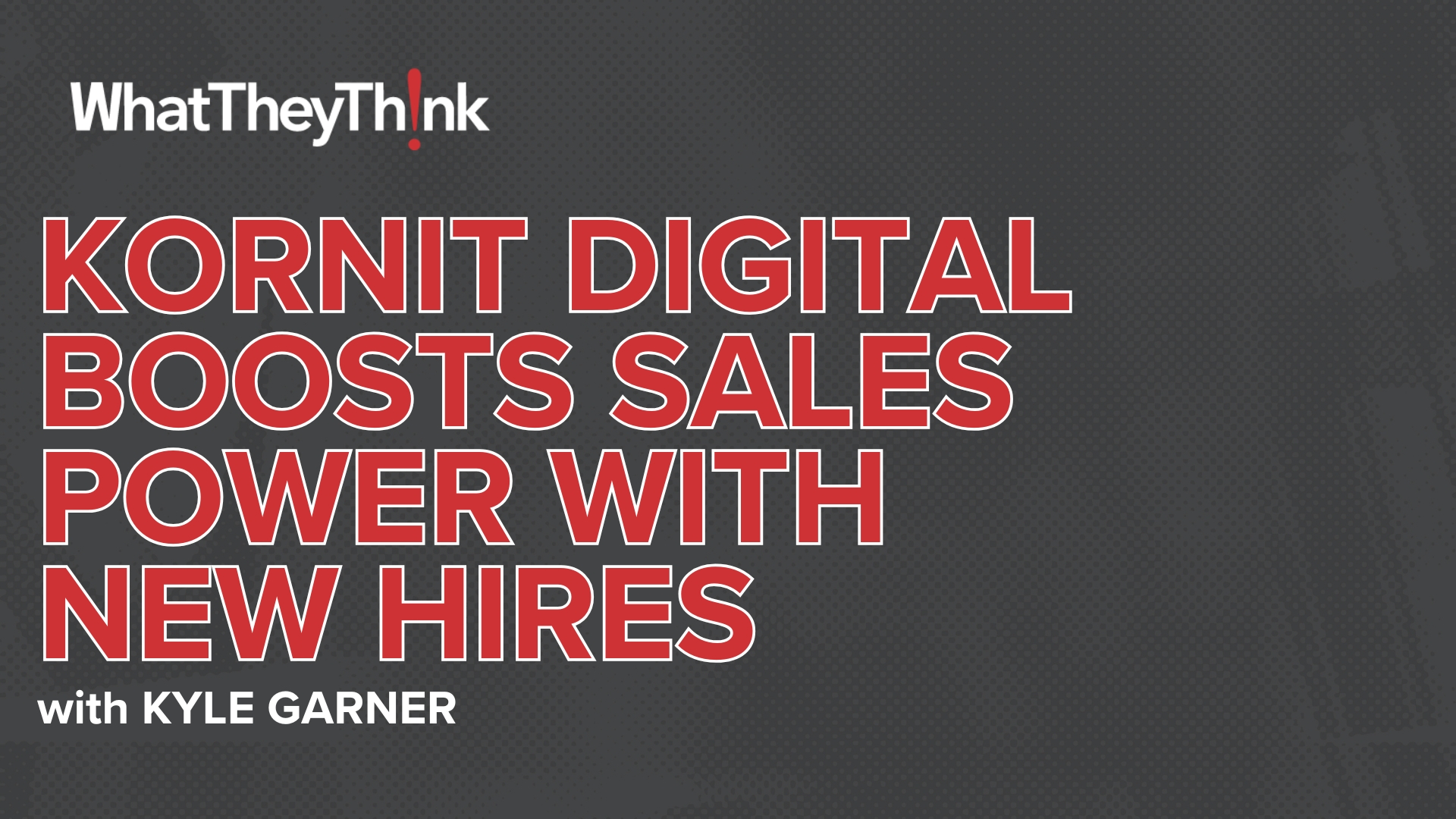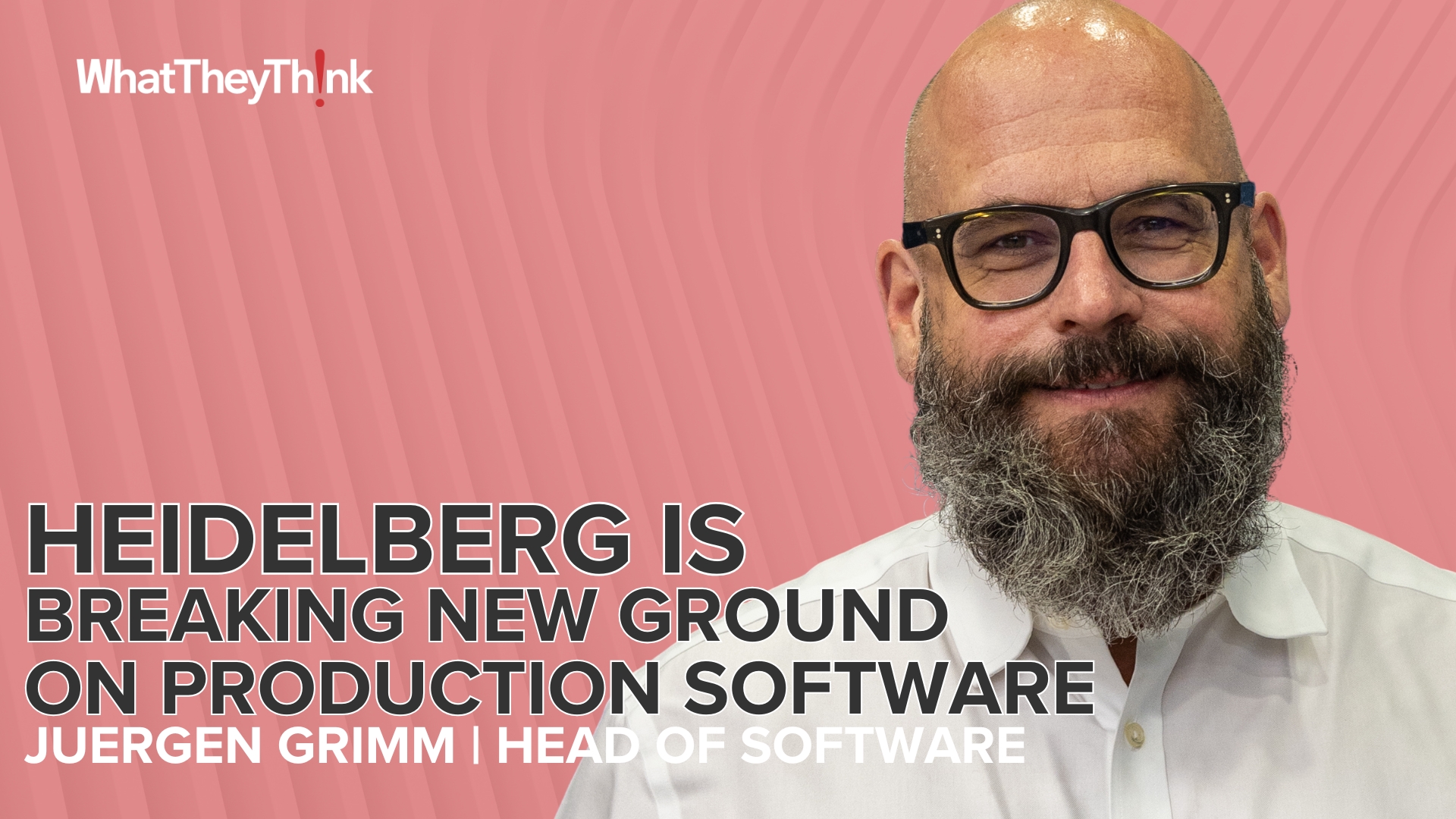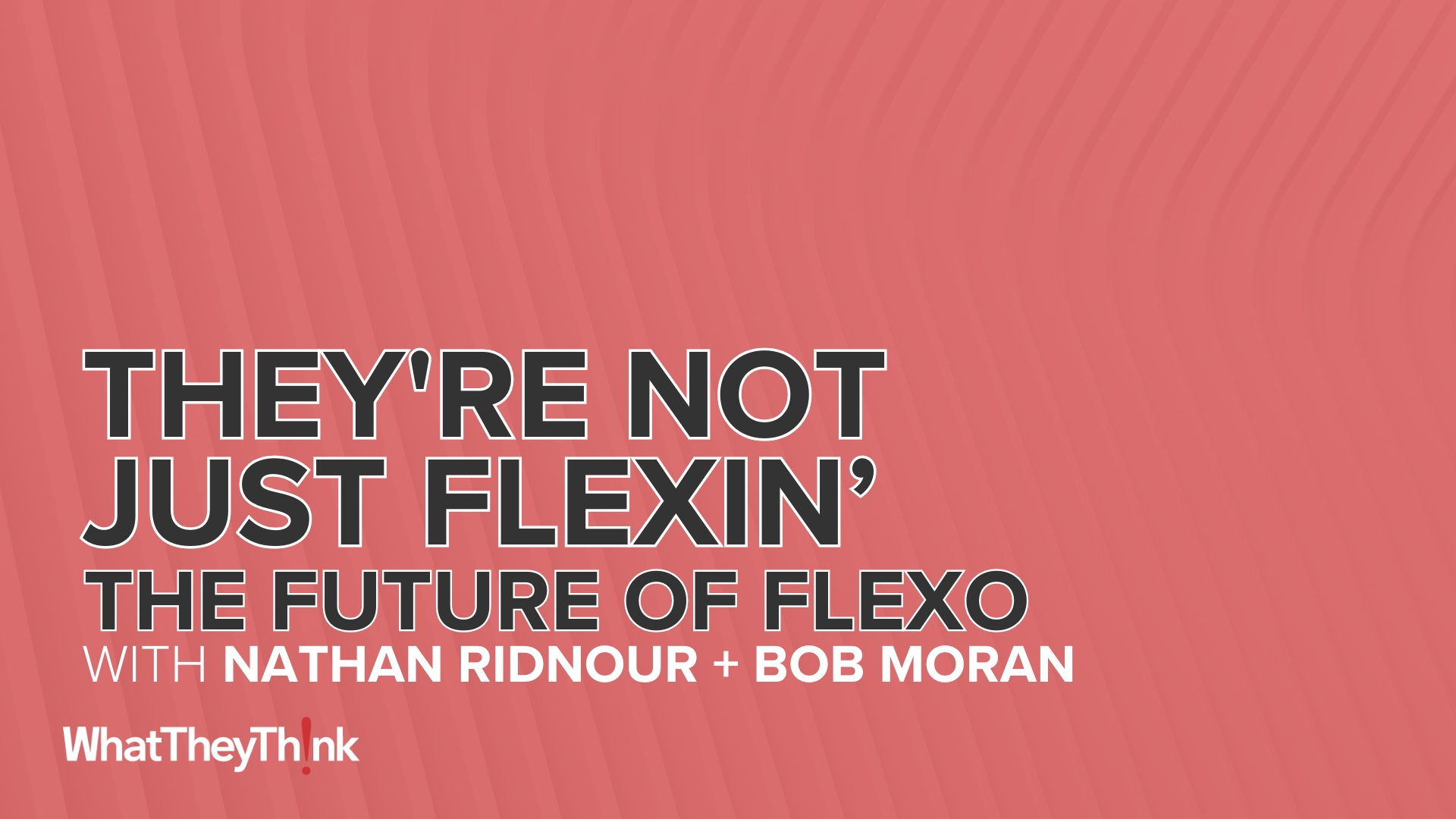- Minimalist packaging is a strategic pivot to enhance shelf presence with cleaner, more authentic narratives that foster consumer trust while underscoring brand loyalty.
- The agility afforded by digital printing—tailoring small runs with high precision—aligns perfectly with the less-is-more philosophy of minimalist design.
- By its very nature, minimalist packaging supports more responsible consumption patterns by offering a clear, uncluttered aesthetic that aligns with “green” principles.
By Jean Lloyd
Introduction
Minimalist packaging—a design approach that focuses on simplicity, functionality, and reduction of excess materials—is not a fleeting trend. It involves using the fewest possible elements to package a product while still effectively protecting and presenting it. This typically results in uncluttered designs and a focus on essential information.
Minimalist packaging design is a philosophical recalibration toward sustainability and efficiency. Its impact is reverberating across every layer of the packaging food chain, including brand owners, designers, converters, digital equipment manufacturers, and consumers. All of these groups are vital links in this transformative chain.
Benefits for Everyone
Minimalist packaging continues to evolve in response to consumers’ changing expectations, technological advancements, and sustainability imperatives. It's not just about stripping away excess; it's about finding the perfect balance between form, function, and environmental responsibility.
For brand owners, adopting a minimalist approach extends beyond the visual appeal of a package and aligns with an emergent consumer ethos that prizes environmental responsibility. Minimalist packaging is a strategic pivot to enhance shelf presence with cleaner, more authentic narratives that foster consumer trust while underscoring brand loyalty. This trend toward minimalism must not be seen as mere subtraction but as an intentional decision to emphasize a brand's core values through design. While minimalist packaging is characterized by simplicity, it still needs to effectively convey the brand's identity and values. Brands are experimenting with minimalist designs that incorporate subtle branding elements or unique touches so their products will still stand out on retail shelves or in online listings.
Designers are tasked with the delicate alchemy of blending form and function. Minimalist packaging doesn't just focus on aesthetics; it also prioritizes functionality. A minimalist design should involve a distillation of ideas, where every curve and color justifies its placement. Although this requires designing with a restraint that strips back the packaging to include only what is necessary, this restraint can speak volumes when used effectively. Some brands are incorporating innovative features into minimalist designs to improve usability, such as resealable closures, portion control mechanisms, or multifunctional packaging that can be repurposed. The evolution toward minimalist packaging challenges designers to create packages that protect and draw attention to products with an economy of expression that resonates with consumers who are seeking clarity and purity in their purchases.
In the world of conversion, particularly where digital printing is concerned, minimalism presents challenges and opportunities alike. The agility afforded by digital printing—tailoring small runs with high precision—aligns perfectly with the less-is-more philosophy of minimalist design. At the same time, however, it focuses on a balancing act between cost-effectiveness and the premium of digital print materials and processes. This juggling act becomes crucial in maintaining the integrity of minimalist design while remaining economically viable. With the rise of e-commerce, brands are exploring ways to create minimalist packaging that not only protects the product during shipping but also enhances the unboxing experience for customers. This might mean using innovative structural designs or incorporating interactive elements.
From a sustainability perspective, minimalist packaging is a natural ally to the planet we all share. As environmental concerns continue to rise, there's a growing demand for packaging that uses fewer resources, generates less waste, and is more easily recyclable or compostable. Minimalist packaging’s uncluttered aesthetic also mirrors the clean, environmentally conscious values that many of today’s consumers demand. The packaging industry is being called to account for its environmental impact, and minimalism in design is one response. It reduces waste through intentional simplicity and thoughtful material choices.
Putting it Together
Marketing minimalist packaging is as much about education as it is about aesthetics. It’s about informing consumers that less can indeed be more—that a simplified design does not mean a reduced brand experience but rather an elevated one. It involves cultivating a packaging identity that is as distinctive and memorable as it is understated, ensuring that when a consumer glances at a product, the message is immediate, the appeal is undeniable, and the choice is clear.
As the packaging industry continues to evolve, minimalist design signals a broader trend toward sustainability and smarter design. This raises a pertinent question: Does minimalism pave the way for digital printing to become the industry’s method of choice? A focus on less material and the reduced ink consumption inherent in minimalist design will nudge more production toward the efficiencies of digital technology, but there is more to the story. Packaging consultants must now ponder whether the industry's push toward minimalism will incite manufacturers of digital presses to advocate more fervently for such designs. This could bolster the shift in production to digital methodologies. Will this cause a surge in demand for digital printing services, creating a mutually beneficial scenario for all parties involved? This question extends an open invitation to all within the packaging food chain to engage in a discourse on the future of packaging. The potential for minimalist packaging to drive innovation and growth within the digital printing sector is significant, but it remains a collaborative exploration. It explores how design influences perception, how sustainability can drive industry practices, and how technology might rise to meet the demands of an ever-evolving marketplace.
The Power of Less: Sustainability Meets Style
The public is increasingly scrutinizing the environmental and consumer impact of packaging choices. Modern consumers are more environmentally conscious than ever, so they often base their purchasing decisions on a brand's sustainability credentials. By its very nature, minimalist packaging supports more responsible consumption patterns by offering a clear, uncluttered aesthetic that aligns with “green” principles.
In marketing minimalist packaging, the challenge is communicating effectively and succinctly—embodying the “less is more” philosophy. This requires a keen understanding of market dynamics and a creative approach to packaging design that can capture and retain consumer attention in a split second of decision-making. Innovation in materials and design is crucial in this minimalist journey, where every element of the packaging—from texture to typography—must be thoughtfully considered to enhance the consumer experience and reflect a brand's values.
The Bottom Line
The journey toward minimalist packaging is a collective endeavor that impacts every link in the packaging food chain. By embracing simplicity, functionality, and sustainability, the industry can respond to consumer demands for authenticity and environmental responsibility—marking a change in how products are presented and perceived in the market. The minimalist packaging evolution is not just about aesthetic change, but a broader shift toward a more sustainable, efficient, and consumer-aligned future.
Significantly, the rise of minimalist packaging heralds a promising avenue for the digital packaging print industry. As brands focus on designs that require less materials and ink, digital printing becomes more cost-effective than traditional methods. This will likely drive greater packaging production volumes to digital platforms, presenting a win-win scenario for all stakeholders. Digital printers can benefit from increased demand, while brands can enjoy the flexibility and efficiency that digital printing offers, simultaneously meeting their sustainability goals and market needs. In this way, minimalist packaging contributes to a more sustainable world and fosters innovation and growth within the digital packaging print industry.
Jean Lloyd is the global Principal Analyst of the Packaging & Labels Division at Keypoint Intelligence. A digital print technology specialist with decades of experience, Jean is a results-driven international business leader that has lived and worked abroad, holding positions on various boards of well-known global technology brands.















Discussion
By John Zarwan on May 23, 2024
can't dispute the trend, but I have two comments. First, the primary purpose of packaging is to protect the product. Everything else is secondary. It's been my unfortunate experience (especially with online orders) with product damage as a result of inadequate packaging. Another trend is to more "sustainable" packaging. In one notable case, my grocery has changed its coffee packaging from metal canisters (which are recyclable) to paper (which they claim to be). There are lots of good reasons to do this (cost, weight, efficiency) but, unfortunately, because the paper package has foil lining it is neither recyclable nor compostable.